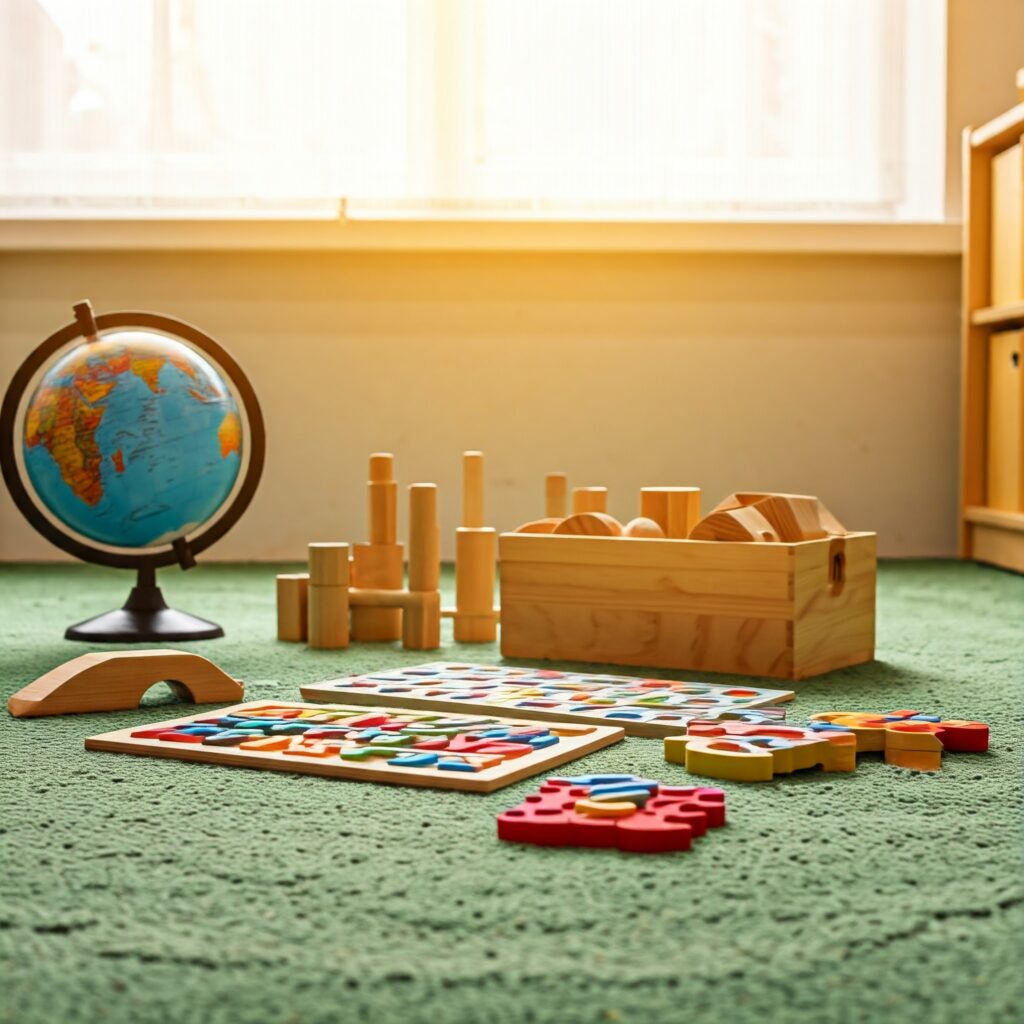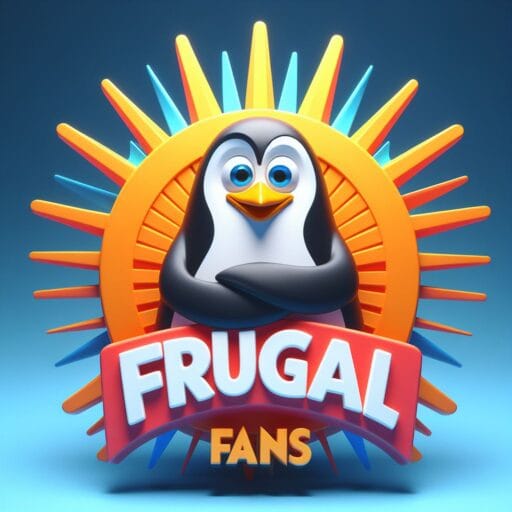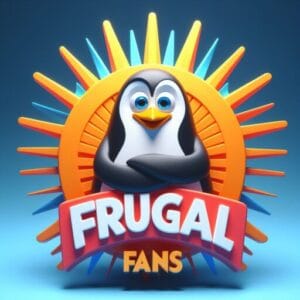HAPPY FALL Y'ALL! --- Check out our HOLIDAY gift ideas!
Toys for Teaching: Unleashing Creativity

In our fast-paced, technology-driven world, nurturing a child’s creativity and imagination has become increasingly important. Creative play toys offer a gateway to endless possibilities, fostering curiosity, problem-solving skills, and a love for learning. However, navigating the vast array of options can be daunting for parents and caregivers.
From STEM toys for teaching to arts and crafts supplies, each category presents its own set of considerations. In this comprehensive article, we’ll explore the common pain points and concerns surrounding creative play toys, offering insights and solutions to help you make informed choices.
Table of Contents
Understanding the Landscape
When it comes to creative play toys for teaching, the visual appeal plays a significant role. Children are naturally drawn to vibrant colors, unique shapes, and engaging designs. However, the sheer variety of options available can be overwhelming. From building sets to pretend play figurines, it’s crucial to understand what captures your child’s interest and aligns with their developmental stage.
Sensory Overload
With so many choices, it’s easy for children (and parents) to feel overwhelmed, leading to indecision or impulsive purchases that may not align with their interests or needs.
Observe and Involve
Take the time to observe your child’s play patterns and preferences. Involve them in the selection process, allowing them to express their interests and curiosities. This not only ensures a more engaging experience but also fosters their decision-making skills.
Fostering Engagement and Collaboration
Creative play toys often encourage children to engage in imaginative storytelling, role-playing, and collaborative experiences. However, finding toys that truly captivate their attention and promote social interaction can be a challenge.
Lack of Engagement
Some toys for teaching may initially pique a child’s interest but fail to sustain their engagement over time, leading to boredom and disinterest.
Prioritize Open-Ended Play
Opt for open-ended toys for teaching that allow for multiple play scenarios and encourage children to use their imagination. Toys that promote cooperative play, such as board games, building sets, or pretend play scenarios, can foster social skills and collaborative problem-solving.
Nurturing Skills and Exploration
Creative play toys are not just about fun and entertainment; they also serve as valuable tools for skill development. From STEM toys for teaching that promote problem-solving and critical thinking to arts and crafts supplies that cultivate self-expression and fine motor skills, the right toys can shape a child’s growth and learning journey.
Age Appropriateness
Selecting toys that are aligned with a child’s developmental stage and abilities can be challenging, as toys that are too advanced may frustrate them, while those that are too simplistic may fail to capture their interest.
Focus on Skill-Building
Consider toys for teaching that offer a progression of challenges, allowing children to build upon their skills and knowledge. Educational toys that incorporate elements of coding, engineering, or design can be particularly valuable in fostering critical thinking and problem-solving abilities.
The 6 W’s of Creative Play Toys
To truly understand the world of creative play toys, it’s essential to address the fundamental questions that shape this dynamic landscape:
- Who are creative play toys designed for?
Creative play toys cater to children of various ages, from toddlers to pre-teens, each with unique developmental needs and interests. Understanding your child’s age, abilities, and preferences is crucial in selecting the right toys. - What are the benefits of creative play toys?
Creative play toys offer a multitude of benefits, including fostering imagination, developing problem-solving skills, promoting self-expression, and encouraging exploration. They provide a hands-on learning experience that engages multiple senses and supports cognitive, social, and emotional growth. - When should creative play toys be introduced?
The introduction of creative play toys can begin as early as infancy, with age-appropriate options like sensory toys and building blocks. As children grow, their interests and abilities evolve, necessitating the introduction of more complex and challenging toys. - Where can creative play toys be used?
Creative play toys can be enjoyed in a variety of settings, including homes, classrooms, playrooms, and outdoor spaces. Versatile toys that can be used in multiple environments can provide diverse learning experiences and foster creativity in various contexts. - Why are creative play toys important?
Creative play toys are essential for nurturing creativity, fostering imagination, and developing a range of skills. They promote self-expression, problem-solving, and a love for learning, laying the foundation for future success in various aspects of life. - How can parents and caregivers select the best creative play toys?
When selecting creative play toys, consider your child’s age, interests, and developmental stage. Seek toys that offer open-ended play, encourage skill-building, and promote engagement and collaboration. Additionally, prioritize quality, safety, and durability to ensure a lasting and enjoyable experience.
Conclusion
Navigating the world of toys for teaching can be both exciting and challenging. By understanding the common pain points and concerns, and embracing the ‘see, hear, do’ approach, parents and caregivers can make informed choices that foster creativity, imagination, and skill development in their children.
Remember, the right toys can ignite a lifelong love for learning and exploration, shaping the minds of tomorrow’s innovators and problem-solvers. Embrace the journey and let the world of creative play toys inspire and delight your child’s boundless curiosity.










